דור המינוף העצמי: לקראת מפנה בדיון החברתי על התחדשות עירונית בישראל
דפנה לוין ומירב אהרון-גוטמן
נהוג לחשוב שההשלכה החברתית העיקרית של ההתחדשות העירונית היא כניסה של אוכלוסייה חזקה לשכונה (ג'נטריפיקציה) ודחיקה של אוכלוסייה חלשה. אולם בישראל, שבה יש שיעור גבוה של בעלי דירות במתחמי ההתחדשות, מתרחשים תהליכים חברתיים אחרים שמונחים אלו אינם מיטיבים בהכרח לתאר. אמנם הספרות אינה טועה בטענתה כי השכבות החלשות ביותר ושוכרי הדירות נדחקים על ידי אוכלוסייה חזקה יותר, אולם לצד זאת מחקרים מן השנים האחרונות בישראל מראים כיצד בעלי הדירות, גם אם הם בני המעמדות הנמוכים, משתמשים בהתחדשות העירונית כבמכשיר לקידום רווחים מחידוש דירותיהם ומהעלייה בערכן. מאחר שהדירות הוותיקות מהוות את הבסיס לפיתוח העירוני, הן מאפשרות לבעליהן לנוע במעלה הסולם החברתי. המאמר מבקש להתוות את הדרך להבנה חדשה של השלכותיה החברתיות של ההתחדשות העירונית בתוך הקשרים כלכליים רחבים אלו, ובמרכזם הצמיחה הדרמטית של מחירי הנכסים ושכר שקפא במקום. באמצעות התבוננות רפלקטיבית על המחקרים הישראליים העכשוויים הוא מציע להמשיג את הדור הנוכחי של ההתחדשות העירונית כ"דור המינוף העצמי".


